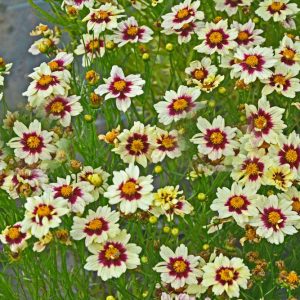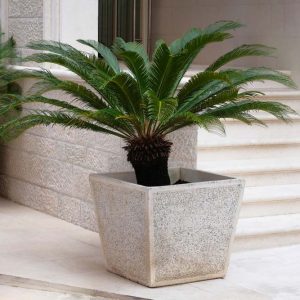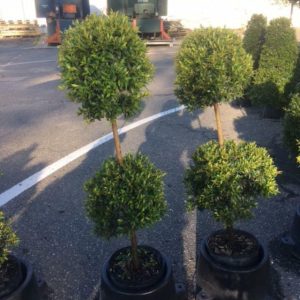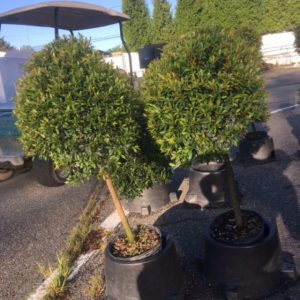Description
Cynoglossum – Hound’s Tongue –
There area about 55 species of annuals, biennials, and short lived perennials, in this genus. They occur in grassy places and rocky slopes in temperate areas and tropical upland of the world. The leaves are alternate, narrowly lance shaped to oblong or ovate, and rough, often clasping the stems, the lowers ones stalked. Grown for long lasting, usually blue, sometimes purple, rose-pink, or white flowers, similar to forget-me-not, each has a short, tubular corolla and 5 widely spreading lobes, in one sided, terminal cymes from spring to autumn. Grow in a mixed, herbaceous, or annual border.
Grow in moderately fertile, moist but well drained soil in sun or partial shade, if over nourished the plants tend to flop over.
Prone to root rot, stem rot, downy mildew, and powdery mildew.
C. nervosum – Himalayan Hound’s Tongue – This clump forming, erect, bushy perennial from Western Pakistan and Northwestern India grows 24″ tall and wide. From bristly stems it carries narrowly oblong-lance shaped, softly hairy or bristly, bright green leaves, the basal leaves to 1 1/2″ long, the lower stem leaves to 5″ long. From mid spring to mid summer it bears many flowered terminal clusters of intense blue flowers, ½” across.
Zones 5-8





